Today South Korea is a thriving democracy and one of the United States’ most ardent Asian allies.

South Korea’s perennial enemy in the North remains arguably the purest example of a Marxist state on the planet. As a result, the country is predictably desolate, broke, and suffering.
South Korea’s breathtaking wealth and productivity stand in stark contrast to the poverty and despair to be found in its neighbor to the North. While modern Americans might presume that South Korea has been free and prosperous ever since the end of the Korean War, such was not always the case. Today’s South Korea has a sordid history indeed.
South Korean President Park Chung-hee is part of an extremely small fraternity—he is a demised despot with a positive legacy. Assassinated by one of his closest allies and renowned for his repressive dictatorial regime, he nonetheless remains a beloved and revered leader today. In 2015 a Gallup poll in South Korea found that 44% of respondents felt that Park, despite his oppression of civil liberties and widespread use of torture, was the greatest President in the country’s history. When you make a country rich there appears to be no end to the egregious mischief a people might grow to tolerate.
A Most Beloved Monster
Park Chung-hee was born in 1917 as the youngest of five brothers. Intelligent and ambitious, Park was raised in rural Korea then under Japanese control. As a child, Park revered Napoleon and regretted that his humble upbringing might prevent his ever attaining significant political power.
Park expressed admiration for Bushido, the Japanese “Way of the Warrior,” and he was trained in the military arts under Japanese tutelage. Park served as an officer in the Manchukuo Imperial Army, a puppet force underneath Japanese control during World War 2. After the war Park returned to Korea and enrolled in the Korean Military Academy. He graduated in 1946 alongside his close friend Kim Jae-gyu. This relationship was destined to become complicated.
Korea was a chaotic place after the Second World War, and political intrigues ran rampant. Park was accused of supporting a communist cell in 1948 and sentenced to death for his unsubstantiated crimes. His sentence was ultimately commuted, but he was forced out of the military. The advent of the Korean War brought Park back on active duty and provided a fruitful channel for his ambition and political acumen.
By 1953 Park was a Brigadier General selected for training at the US Army Artillery School at Fort Sill, Oklahoma. Park’s career was henceforth meteoric and ultimately led to his assumption of supreme power via a military coup in 1961. The Korean people were by this time exhausted by the turmoil and welcomed Park’s iron-handed leadership, if only as a respite from the chaos.

Absolute power corrupts absolutely. At the height of his dictatorial power, Park was both revered and feared.
Here things become morally muddy. Some South Korean historians have referred to Park’s regime as a “Developmental Dictatorship.” For his part, Park applied his distinctively militaristic worldview to the task of civil leadership. A dictatorship inevitably emerged.

Park’s training as a young officer serving under Japanese command shaped his subsequent policies and behavior.
Park was a product of his disciplined Japanese military training. This resulted in mass arrests, torture, and the suspension of human rights for those opposing his vision for South Korea. It was simply that, in this case, his vision remained fairly popular.

President Park retained control of both military and civilian arms of the South Korean government, rewriting the country’s constitution as needed.
Park arrested vagrants and put homeless street kids to work. He aggressively pursued kundaehwa or “modernization,” and the nation prospered wildly as a result. By March of 1962 Park had assumed Presidential power and promoted himself to Major General. So long as you were on his side he was a benevolent despot. To his many enemies, however, he was a monster.
The Tension

The head of the Korean CIA, Kim Jae-gyu, was an old friend of President Park yet remained a dangerous political operative.
It all came down to a fairly sophomoric personality conflict. Park’s old friend from the military academy, Kim Jae-gyu, was now head of the Korean Central Intelligence Agency and the second most powerful man in the country. Park’s confidante Cha Ji-chul was his chief bodyguard and a sworn enemy of Kim. Park Chung-hee was himself pretty much the king of South Korean everything.
Kim wielded Gestapo-grade powers as head of the nation’s intelligence apparatus. Cha was granted broad authority and latitude to secure the person of the President. He regularly requisitioned troops, helicopters, and military vehicles in support of this mission. Cha eventually commanded the equivalent of a combined arms division as a result. Throughout it all, Kim and Cha hated each other. Cha, in particular, undermined Kim at every opportunity. By October of 1979, all the pieces were in place for a bloodbath.
The Assassination
Park was, like most dictators, a man of expansive appetites. He would host extravagant feasts at sundry KCIA safe houses for his closest confidants, sometimes as many as ten per month. These events included plenty of rich food, expensive booze, and copious female companionship. They also provided an opportunity to tweak the trajectory of government with the most powerful men in the nation.

The Walther PPK in .32ACP is an easy gun to carry but doesn’t project a great deal of knockdown power.
On the evening in question, Chief of Security Cha was in rare form, repeatedly belittling head of the KCIA Kim for his lack of fortitude in dealing with ongoing protests. Cha’s suggestion that demonstrators and opposition lawmakers be “mowed down with tanks” was not well received by the relatively more moderate Kim. After some extensive goading, Kim left the meal only to return with a .32ACP Walther PPK.

Here we see former KCIA director Kim Jae-gyu reenacting the shooting of President Park during his trial.
Kim shot Cha in the left arm with the little German gun before turning it on President Park and shooting him in the left chest. Then the diminutive pocket pistol jammed, allowing Cha to retreat to a bathroom.
Kim retrieved a .38-caliber Smith and Wesson Chief’s Special from a subordinate and hunted down Cha, killing him with a round to the abdomen. Kim then returned to Park, exchanged a few words, and shot him in the head execution-style. In the subsequent carnage, another three Presidential bodyguards, as well as Park’s personal chauffeur, were also killed.
As is typically the case after a violent coup attempt, things went fairly sideways from there. Kim tried but failed to consolidate power before being arrested by Army Chief of Staff Jeong Seung-hwa. Kim claimed he had acted out of patriotism to save the country he loved from a despot. He was subsequently tortured and eventually hanged the following May. Whether the assassination was a spontaneous act of passion or a premeditated event is enthusiastically debated to this day.
The Guns
The Walther PPK gained its fame not in the hands of any real-world spies but when wielded by the world’s most famous fictional assassin.
Ian Fleming equipped his archetypal secret agent James Bond with the trim German automatic after receiving a letter from a reader and firearms aficionado named Geoffrey Boothroyd. Boothroyd explained that the .25-caliber Beretta Model 418 Bond had been carrying was actually a lady’s gun.
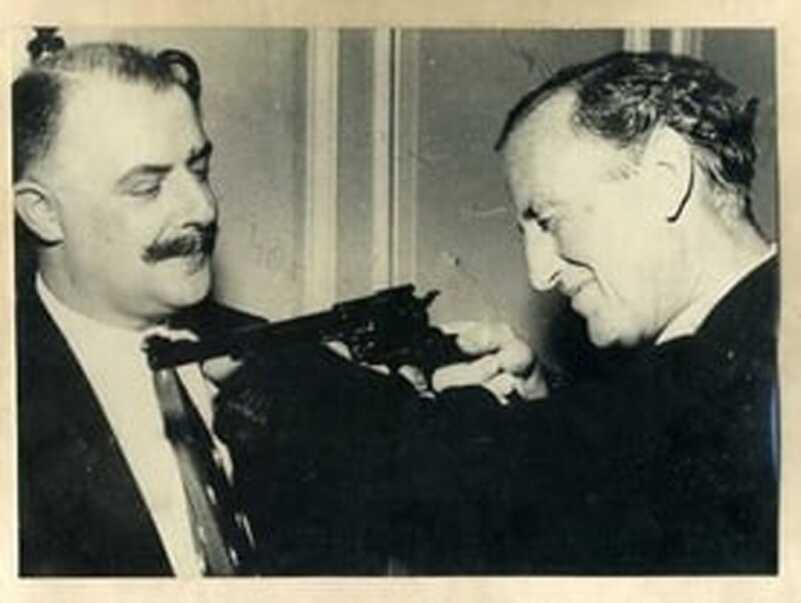
Geoffrey Boothroyd (left) and Ian Fleming developed a friendship after Boothroyd sent the author a letter suggesting a change in armament for 007.
In appreciation of the advice, Fleming wrote Boothroyd into his future narratives as Q, Bond’s longsuffering quartermaster. In the books, Q’s name is Major Geoffrey Boothroyd.
The PPK was the original brainchild of Carl Walther in the late 1920s. The slightly longer Walther PP was first sold in 1929. The shortened PPK came out a year later. A semiautomatic pocket pistol that operated via simple blowback, the PP-series guns incorporated such revolutionary stuff as an automatic hammer block, a combination safety/decocker, and a loaded chamber indicator. The single action/double action trigger Walther debuted with the PP went on to drive such classics as the Beretta 92, the SIG 220-series guns, and the Walther P88.
The PPK is a trim and versatile deep concealment arm.
Available in .22LR, .25CP, .32ACP, .380ACP, and 9x19mm Ultra, the PP guns are indeed concealable though not terribly effective. Their diminutive chamberings don’t carry a great deal of downrange thump. The .380ACP versions also sport surprisingly snappy recoil.
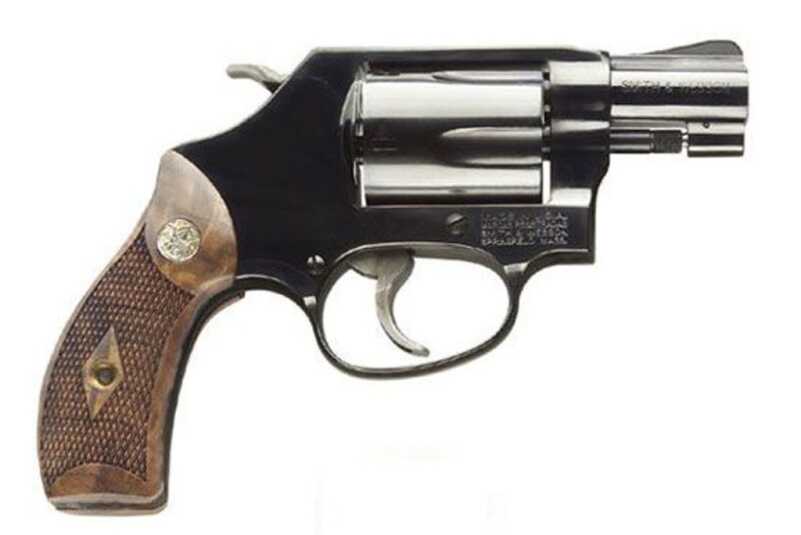
The Smith and Wesson Model 36 Chief’s Special has been widely exported around the world. The gun got its name as the result of a contest at a Law Enforcement Symposium.
The Smith and Wesson Model 36 Chief’s Special first entered service in 1950. A J-frame revolver, this five-shot concealable pistol was an evolutionary development of the sundry wartime S&W wheelguns.
An aluminum-framed version came out in 1951 as the Airweight Model 37. Those early Airweights had aluminum cylinders, but problems with these components led to the later substitution of steel.
In 1989 Smith released a version targeted toward female shooters called the Ladysmith.
The Model 36 is a rugged and shooter-friendly concealment pistol that was widely distributed. The Chief’s Special remains in production today and still commands a healthy following. Serial number 337 went to J. Edgar Hoover and was engraved at the factory with his name.
Denouement
South Korea’s President Park Chung-hee’s dictatorial rule spanned eighteen years. During that time South Korea experienced unprecedented prosperity. The fact that oppression to free speech and the press flourished at the same time is frequently overlooked in light of the country’s bountiful economic blessings.
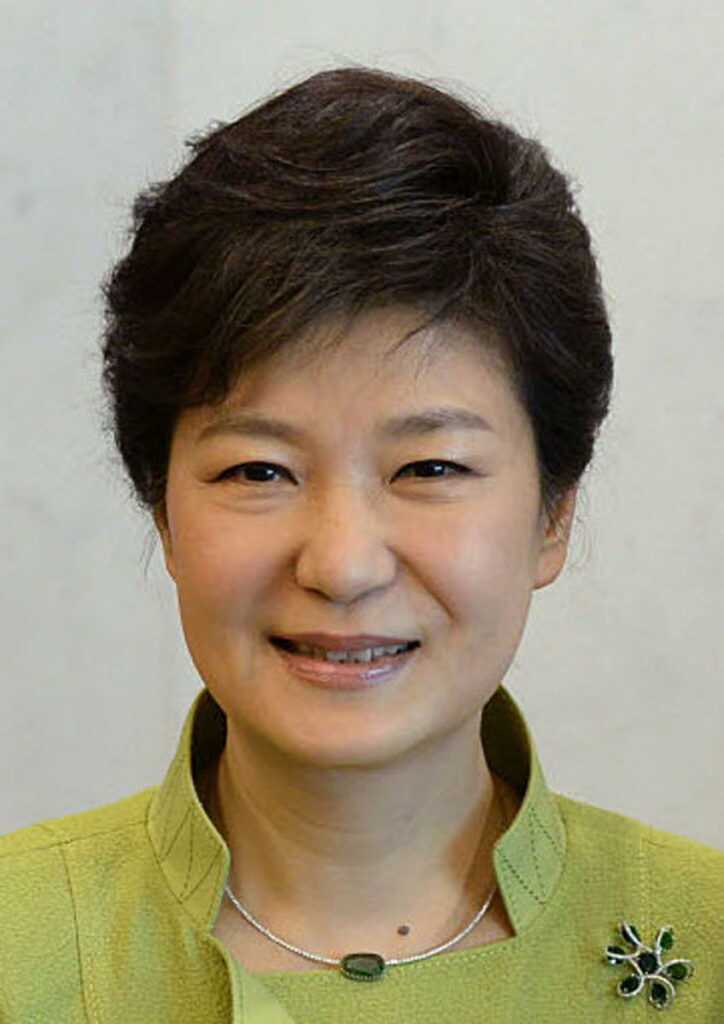
Park Chung-hee’s eldest daughter was the first female President of South Korea. She is in prison today.
Park’s oldest child, Park Geun-hye, was elected as South Korea’s first female President in 2013. She was subsequently impeached in 2016 on charges of influence peddling. The younger Park was convicted in 2018 and sentenced to 25 years in prison. She remains incarcerated in the Seoul Detention Center today. I suppose in that regard the nut doesn’t fall far from the tree.

Tiny little pocket pistols look cool on the big screen but can badly underperform out in the real world.

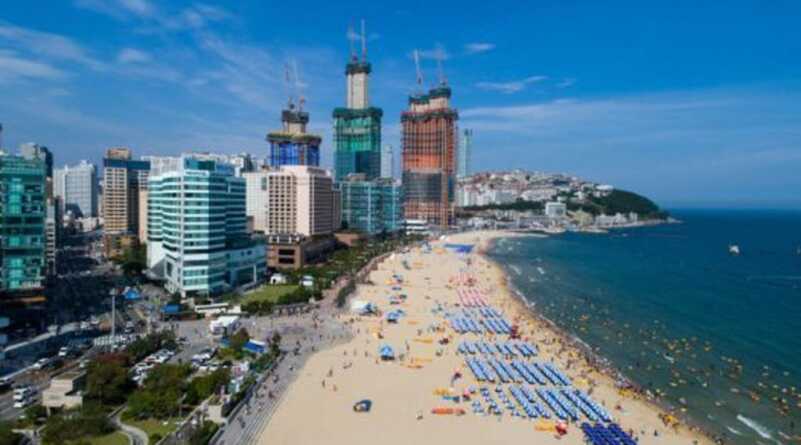
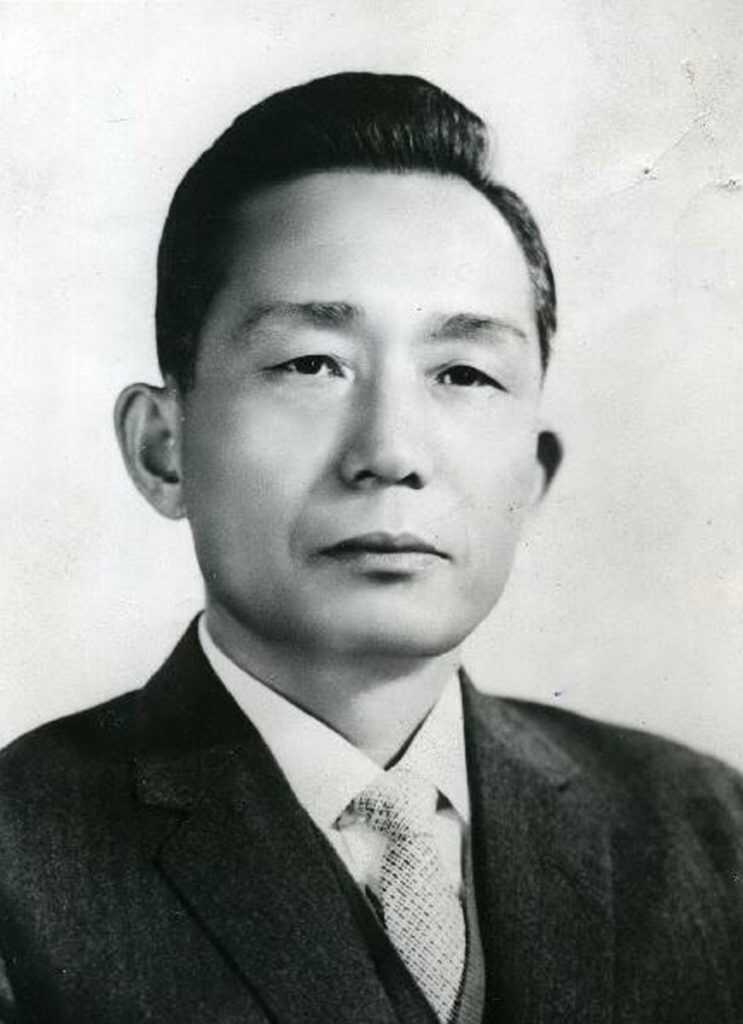



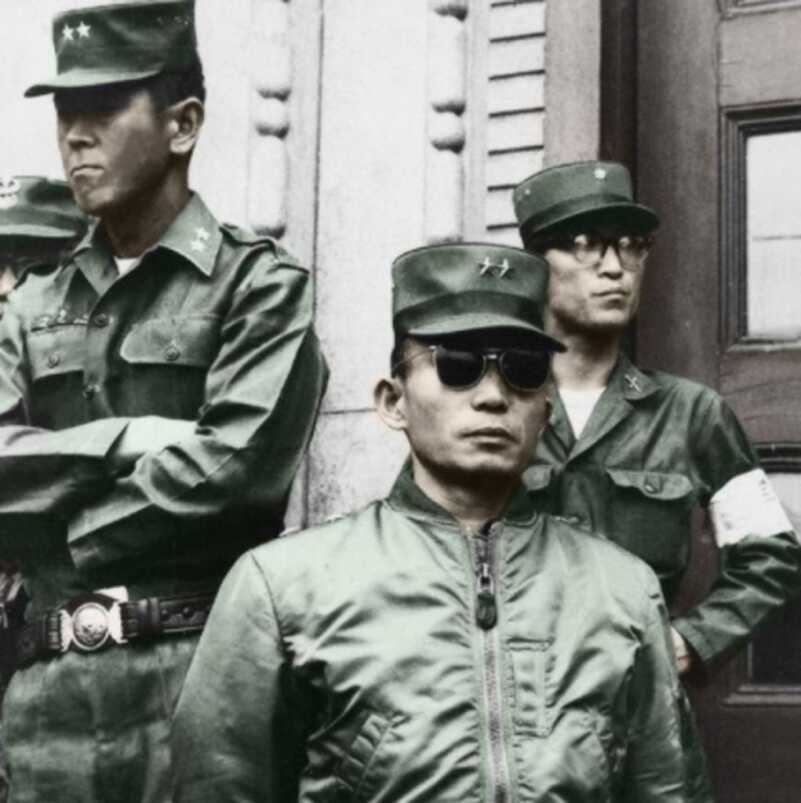


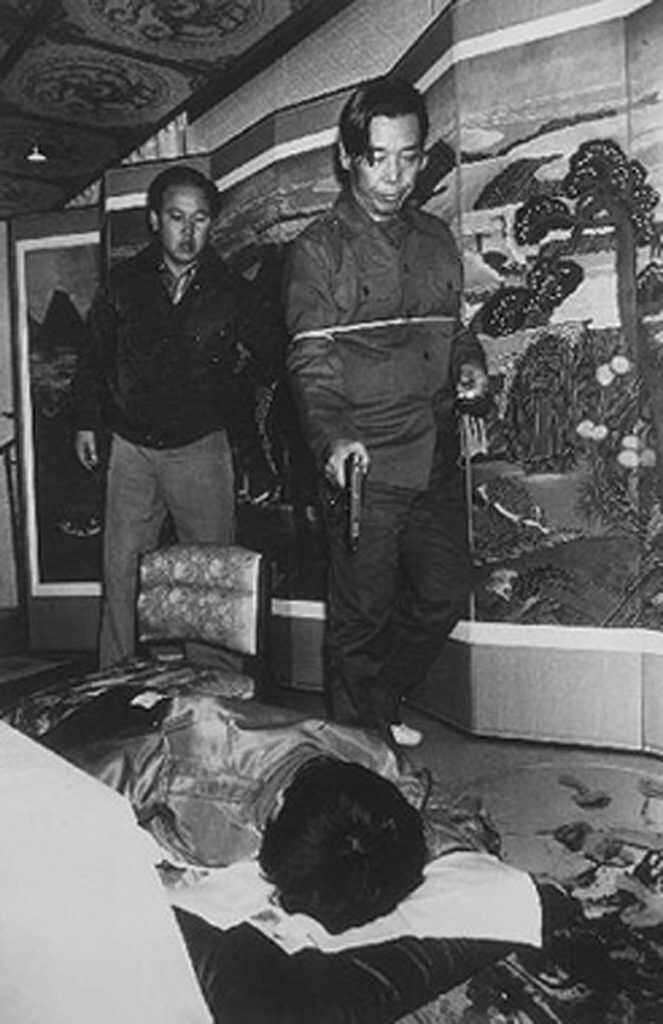
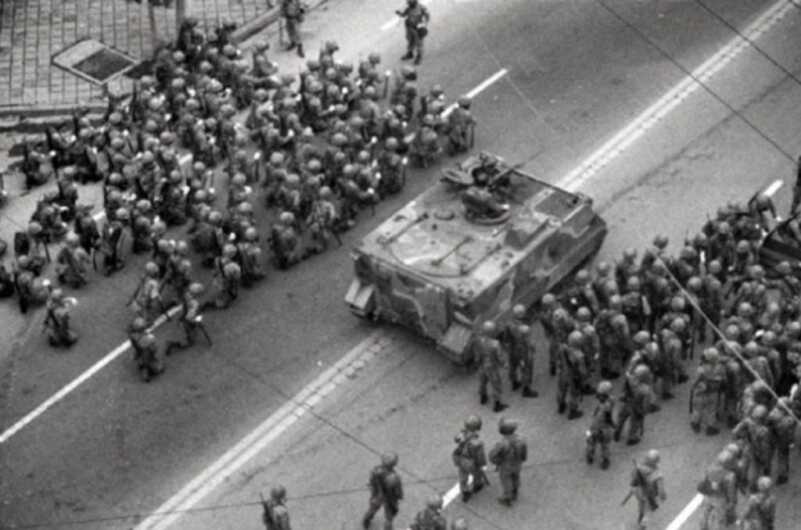
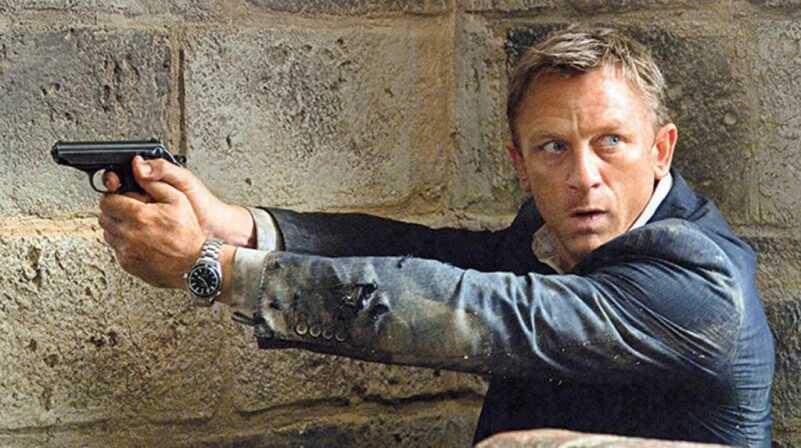
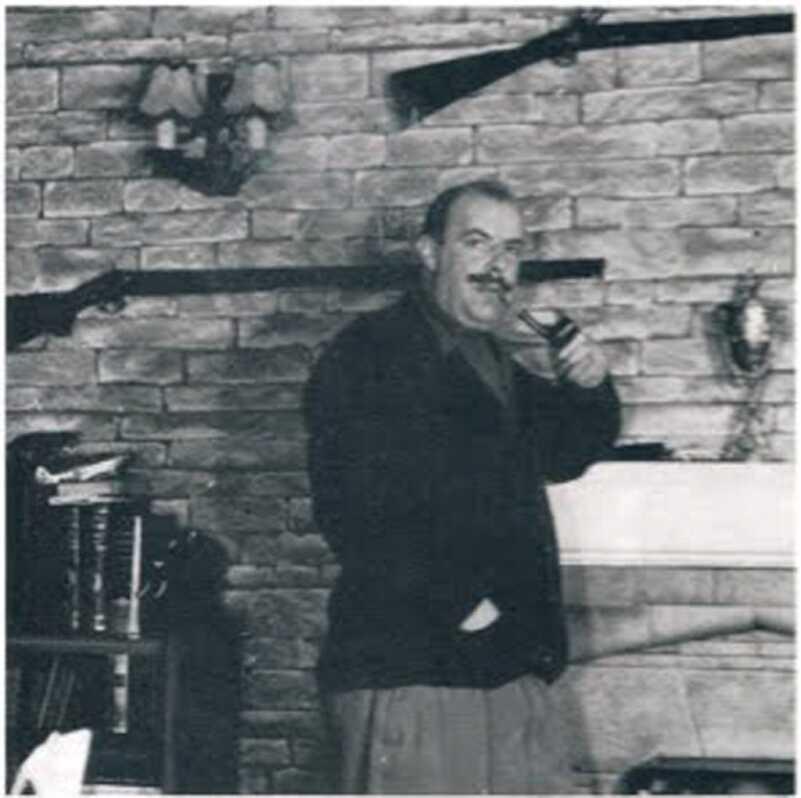
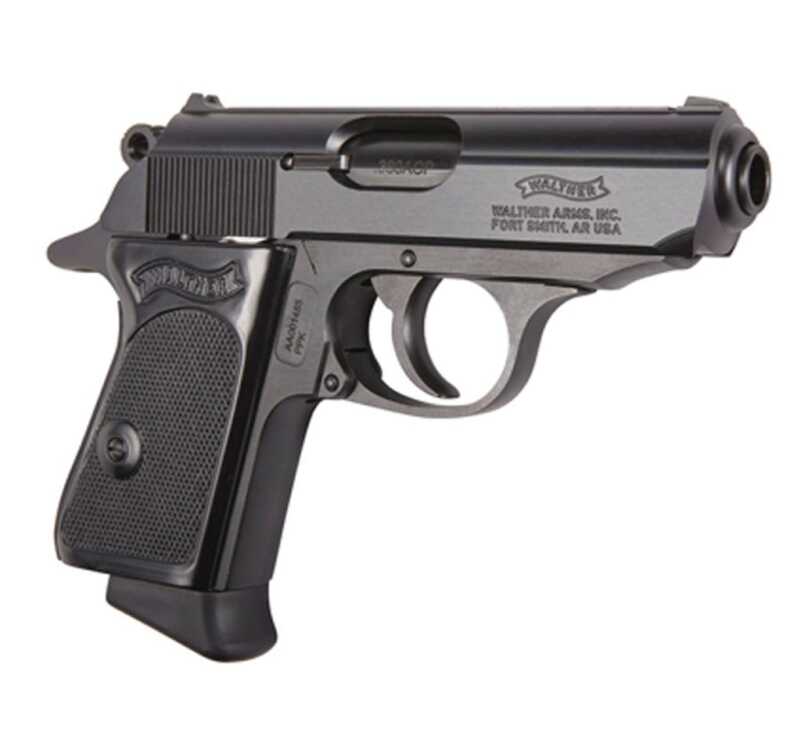

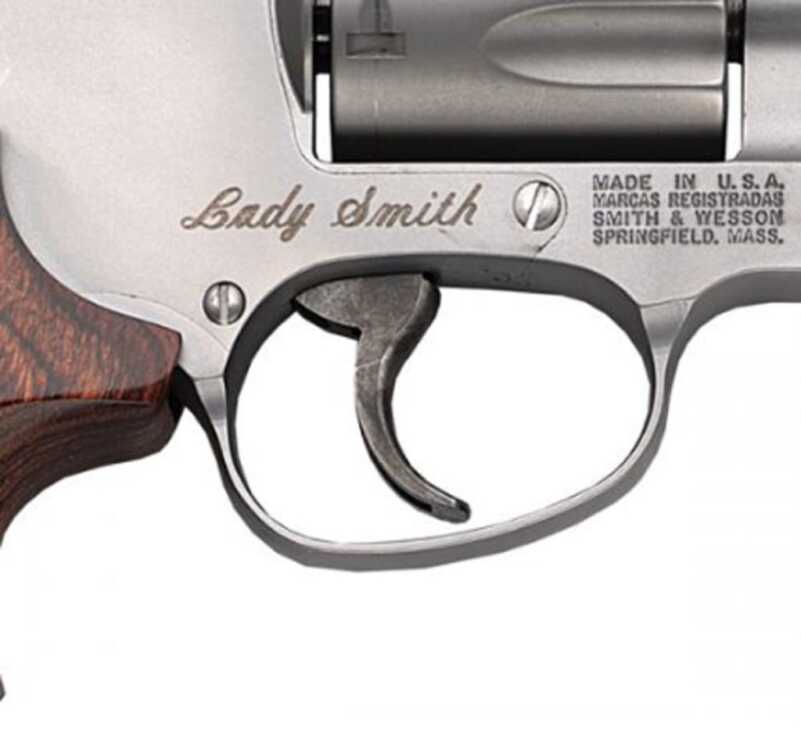



Love these articles, and the tie-ins with the respective firearms. Some of the background stories I know a great deal about, while others I had no idea! Always a great read, keep ’em coming. – Jeff
Dr. Dabbs is one of the finest human beings on the planet. He has been the most delightful find I’ve made since moving to Oxford. He is as caring and friendly and genuine as he is knowledgeable. He is as unique as are his articles. Love his stuff! Especially the blurb here about 007 and the PPK!
Very good article making no mention of history’s most famous (and infamous) PPK owner. That particular dictator turned murder into an industry but underlings did all the dirty work. Actual use of his .32 PPK may have been limited to shooting himself in a Berlin bunker after what went around came around.
“… a demised despot…”?
I was at Osan Air Base in 1979 when that all went down. I just remember all the locals crying and freaking out. Seemed like they loved Park. They described him as a benevolent dictator.
I had Walther PPK/S in .380 with a 2″bbl it was OK.
I’ve had a number of them from the PP to the PPK/s, in .22 to .380. All were found wanting, but not surprisingly, the .22 PPK was the nicest of the lot. They are state of the art, 1920s technology at it’s best. Great article! I always look forward to seeing Dr. Dabb’s byline.
C’mon now, we all know the .32 ACP is “like a brick through a plate glass window” in regards to it’s power!!!
As to the Walther PPk itself, I own an early SS model and wouldn’t recommend that firearm to anyone.
Out of the box, many of the PPk’s I sold were terrible in both trigger pull and slide stiffness due to poor finish of the internal parts.
I turned mine into a fine little pistol, but not until I spent several hours honing parts and installing a Wolffe spring kit.
Great article. Monday mornings, I look forward to your history lessons.
Actually it was the Beretta model 90 Roma that was inspired by the PPK not the 92. Take one glance at the Roma and you will see. The Roma was doomed by this similarity as Beretta buyers rejected the Walther clone. Relatively few were produced due to poor sales.
If South Korea is so prosperous why is the American taxpayer underwriting so much of its defense?
They’re better at making deals.
South Korea funds about 50 percent of US military expenses, less military pay and support for tactical vehicles. BTW, Japan funds 100 percent of the same.
Forgot to mention the CZ pistols and other Com-Bloc’s that had played a major roll in this Asian political roll overs and were use by cold war era agents that had plenty of accuracy and the knock down when needed beside the Walther PP types. 380 & 9×19 in nothing to sneeze at when it comes to knock down and accuracy within 25 & 30 feet in the right hands. Then comes the 7.62×25 that is drilling power for the necessary penetration in proper range in that era and to this day a definite keeper for those surprise moments.
After WWII the US shifted its attention from Japan and Germany to defeating communism, Thus we favored political and industrial leaders in Korea that the locals thought were collaborators with the Japanese colonialists. As bad as North Korea is, there is some support for it in the South, is there not?
By the way, on a visit to China I was taken to a statue of Mao by a student and his professor. I asked the student about him and he said very emphatically that Mao was a very revered figure. The professor remained silent. Later I learned that the professor and his family had suffered greatly under Mao’s “Cultural Revolution”. Never the less he said “Before Mao there were foreign armies fighting over us in China. There was mass starvation. After Mao the armies were gone, as well as the starvation. So overall he is considered as a plus.” Same mentality, millions of dead are forgotten if not forgiven.
We often hear that before the communists, Venezuela was a very rich country. At the time when it had that ranking, many, possibly a majority, of the people could not read or write. Today the communists have proven to be a disaster, but most of the population can read and write. That is why the disastrous government there still has support and Chavez is revered.
So the Korean reaction is not all that unique.
Regarding “reach” of the .32 ACP. Spies and assassins presumably a trained and calm under pressure, so they can shoot accurately. They use their skills to get close to a victim who presumably at the time feels safe and relaxed. The caliber to do the job does not have to have “knock down” power. The weapon does have to work though, a 10mm in a jammed pistol is worthless.
Understand in China. Was in Shanghai for business. Made an off-hand satirical ‘joke’ about Mao at dinner table, and you could hear a pin drop at the table. I was a worker bee at dinner w Chinese worker bee’s, not management.
Great article. Enjoyed the history on South Korean leadership.
I was in South Korea during the reign of Park Chung-Hee at Osan Air Force base as a civilian contractor in 1974.
Never knew what became of that regime or how controversial it was until now.
Thanks
It was actually the Walther P-38 that spurred most of today’s modern DA/SA pistols. The Smith and Wesson Model 39, originally designed to replace the Colt .45 Government Model, was built using the P-38 as its step-father, but it was not widely adopted for use by the US Military. However, the US Navy Seals found the Model 39 to be exactly what they needed, and was used by them for a number of years.
A large number of current DA/SA pistols owe their design to the Walther P-38.
Another great article, always pick up details that are not in the broad bursh accounts. Well done.